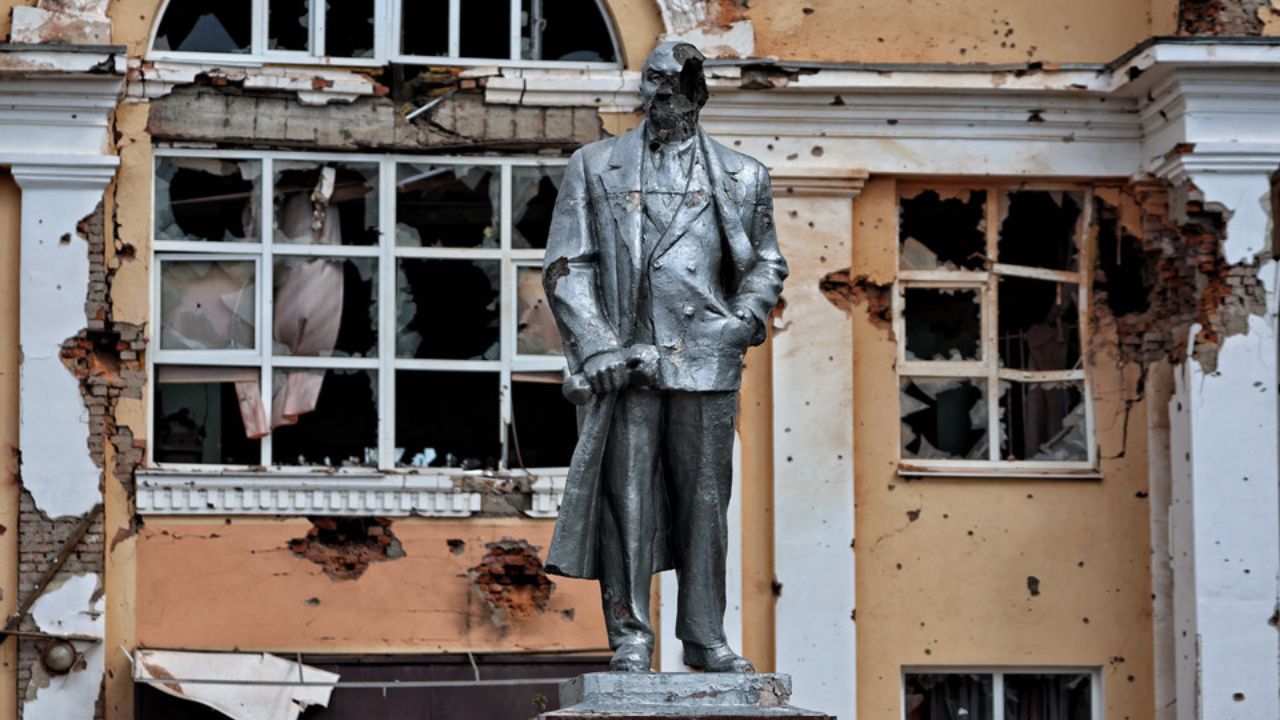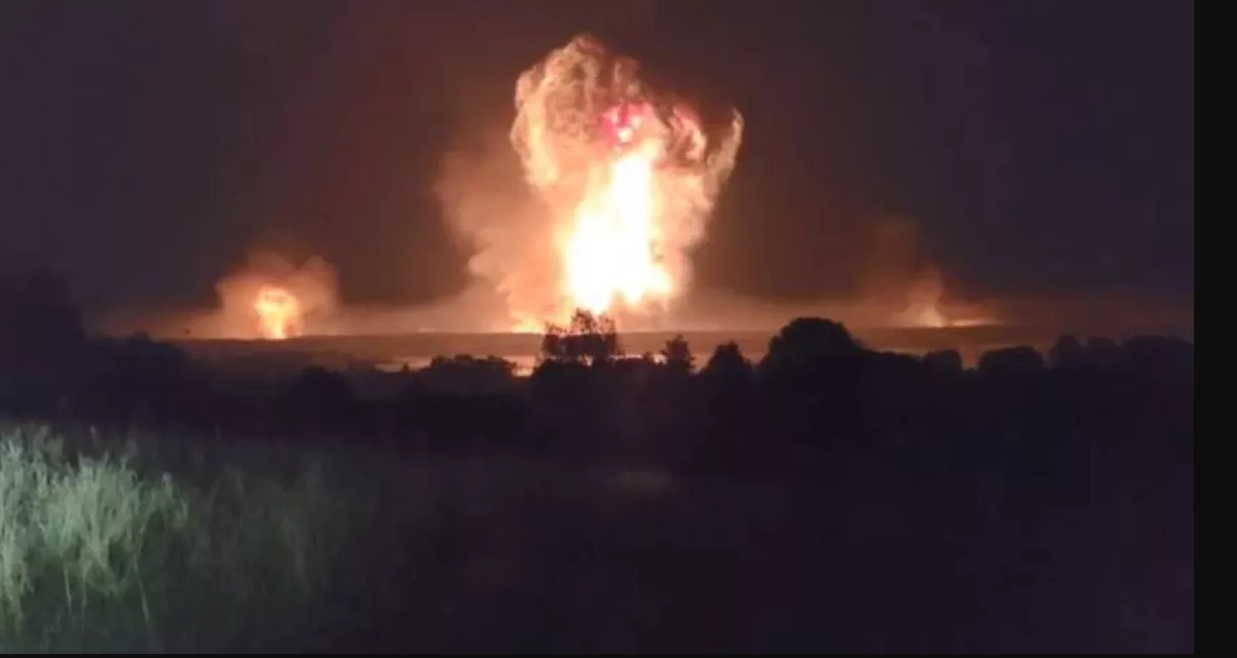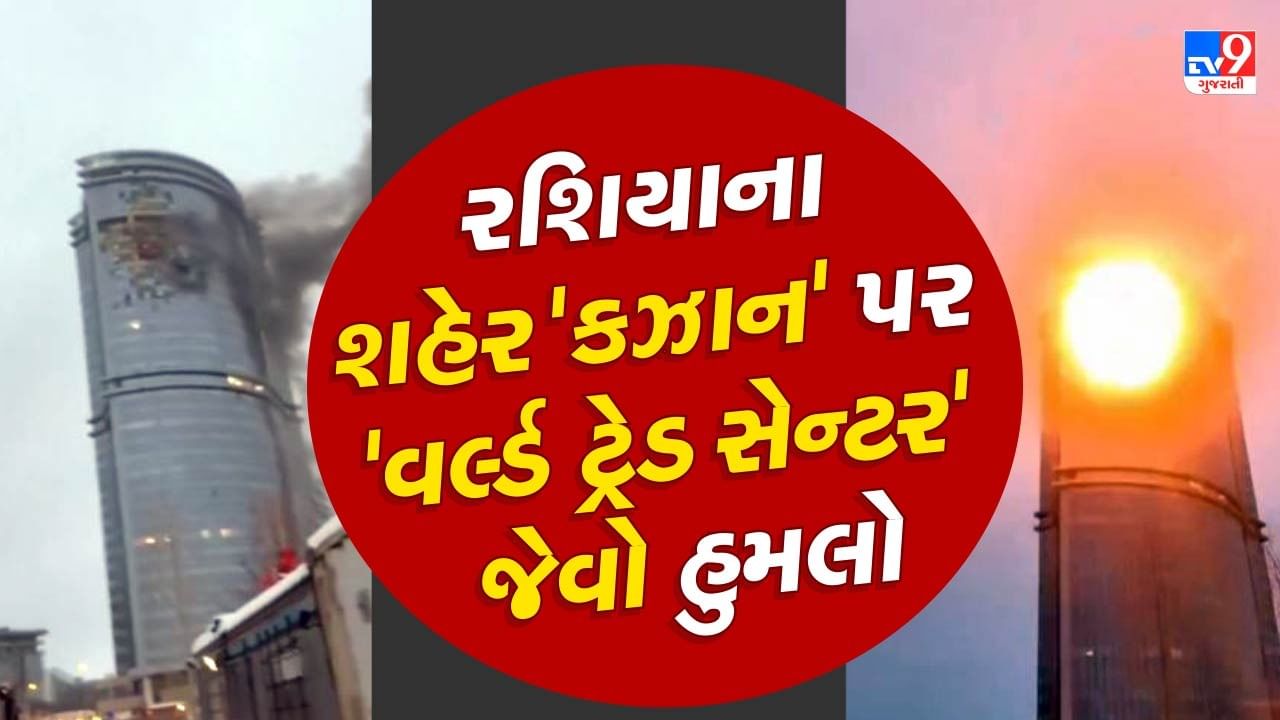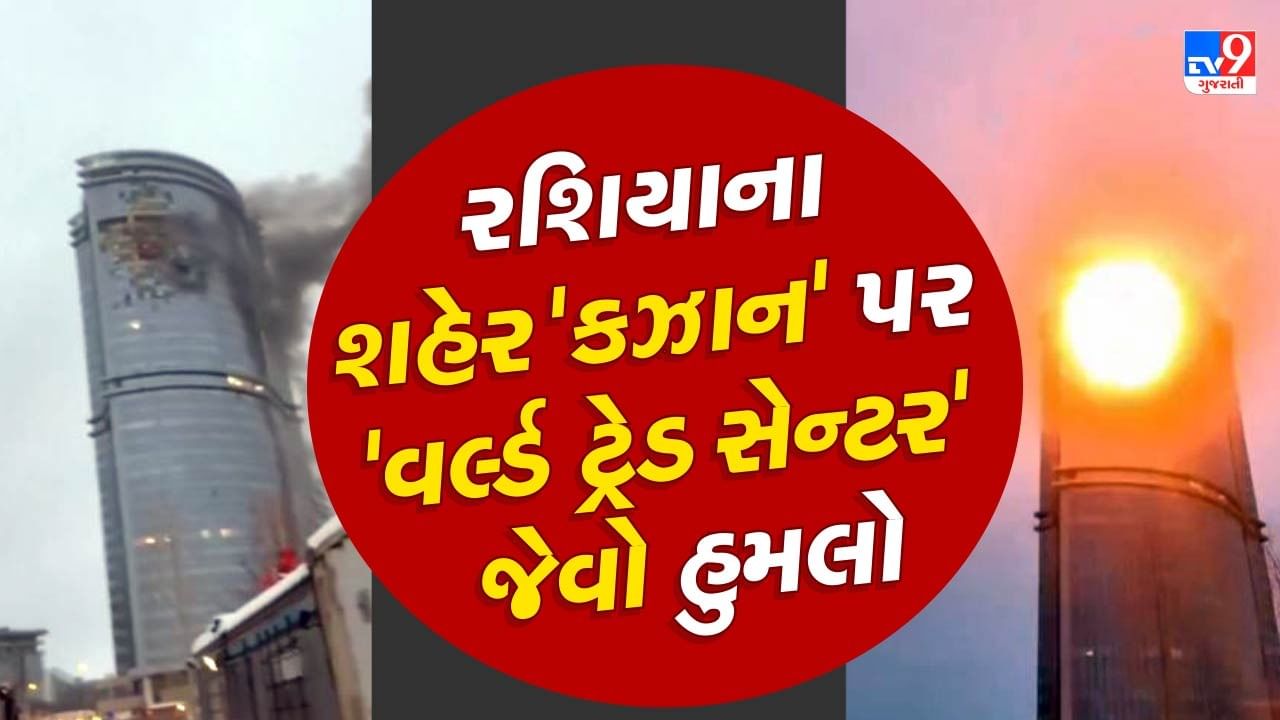Kazan drone attack: The recent alleged drone incident in Kazan has sparked international concern, raising questions about security vulnerabilities and the evolving threat of drone warfare. This analysis delves into the circumstances surrounding the attack, exploring the technological aspects, security response, international implications, public perception, and potential future scenarios. We examine the reported damage, potential perpetrators, and the broader geopolitical context of this significant event.
The event, shrouded in some uncertainty regarding specifics, necessitates a thorough examination of available information to understand its impact and potential ramifications. This investigation considers various aspects, from the drones’ capabilities and flight paths to the international community’s response and the ongoing public discourse.
The recent drone attacks on Kazan highlight the evolving nature of modern warfare. Understanding the capabilities of surveillance technology is crucial in analyzing such events, and resources like the cobequid pass camera offer a glimpse into the potential for remote observation. This technology, while seemingly unrelated, underscores the broader implications of advanced aerial surveillance in both civilian and military contexts, making the Kazan incident even more concerning.
The Kazan Drone Attack: An Analysis

The alleged drone attack on Kazan, while still under investigation, presents a complex scenario with significant implications for security, technology, and international relations. This analysis delves into the event’s various facets, examining the circumstances, technological aspects, responses, and potential future ramifications.
The Event: Kazan Drone Attack Overview
Reports suggest a drone or multiple drones targeted Kazan, resulting in damage and raising concerns about potential vulnerabilities. While details remain scarce, initial reports indicate a limited number of casualties and damage concentrated in specific areas. The claimed responsible party and their motives, if any, are yet to be definitively confirmed. Investigations are ongoing to determine the exact sequence of events and ascertain the full extent of the incident.
| Date | Time | Event | Location |
|---|---|---|---|
| [Insert Date] | [Insert Time] | Drone(s) detected approaching Kazan | [Insert Location – e.g., outskirts of the city] |
| [Insert Date] | [Insert Time] | Drone(s) impact(s) reported | [Insert Location – e.g., residential area, industrial zone] |
| [Insert Date] | [Insert Time] | Emergency services deployed | [Insert Location – e.g., affected areas] |
| [Insert Date] | [Insert Time] | Investigation initiated | [Insert Location – e.g., Police headquarters, relevant government offices] |
Technological Aspects of the Attack
The drones involved likely possessed advanced capabilities, including sophisticated navigation systems and potentially a substantial payload. The flight path may have utilized terrain masking or other evasion techniques to avoid detection. The type of drone, its range, and the nature of the payload (explosives, incendiaries, or other devices) remain subjects of ongoing investigation. This incident can be compared to other similar attacks globally, such as those witnessed in [mention examples of similar attacks and their locations], highlighting the evolving nature of drone technology in conflict and terrorism.
The recent Kazan drone attack highlights the increasing vulnerability of civilian areas to unmanned aerial vehicles. This incident, unfortunately, isn’t isolated; consider the potential for similar mishaps, as illustrated by a recent drone show accident which underscores the importance of robust safety protocols. The Kazan attack serves as a stark reminder of the need for improved drone detection and defense systems to prevent future incidents.
A potential trajectory might have involved a launch point outside of the city’s immediate defense perimeter, utilizing a relatively low altitude flight path to evade radar detection. The drones could have been programmed with pre-determined coordinates or remotely piloted. The range would depend on the drone’s specifications and battery life, potentially extending several kilometers from the launch site.
Security and Response Measures, Kazan drone attack

The effectiveness of Kazan’s pre-existing drone defense systems and protocols is currently under scrutiny. The response of local authorities and emergency services involved swift deployment of personnel and resources to the affected areas. The effectiveness of this response will be assessed based on factors such as the speed of containment, casualty numbers, and damage limitation. A comparison with responses to similar incidents in other cities, such as [mention examples of cities and their responses], will help determine best practices and areas for improvement.
- Deployment of emergency services: [Assessment of speed and efficiency]
- Crowd control and evacuation procedures: [Assessment of effectiveness]
- Damage assessment and repair efforts: [Assessment of speed and effectiveness]
- Investigation and forensic analysis: [Assessment of progress]
International Implications and Reactions
The international community’s reaction to the alleged attack has been varied, with many nations expressing concern and calling for a thorough investigation. The geopolitical implications are significant, potentially impacting regional stability and alliances. The international response can be compared to those to similar incidents, such as [mention examples of similar incidents and international responses]. The incident could further strain existing tensions and affect international cooperation on counter-terrorism and drone technology regulation.
Public Perception and Media Coverage
Public reaction in Kazan and beyond has been a mix of shock, concern, and anger. Media coverage has been extensive, with various outlets offering different perspectives and interpretations of the events. Misinformation and disinformation campaigns may attempt to exploit the situation for political or other gains. Comparing the media coverage of this event with the coverage of similar events in [mention examples of other locations] will reveal patterns in public discourse and media influence.
Potential Future Scenarios

This incident highlights the need for enhanced security measures against drone threats. Advancements in drone detection, interception, and jamming technologies are crucial. Vulnerabilities of various cities to drone attacks need to be assessed, and proactive measures need to be developed. Kazan, like other major cities, needs to invest in robust counter-drone systems and improve its emergency response capabilities.
- Investment in advanced drone detection systems
- Development of effective counter-drone technologies
- Improved emergency response protocols
- Enhanced public awareness campaigns
- Strengthened international cooperation on drone security
The Kazan drone attack serves as a stark reminder of the escalating threat posed by unmanned aerial vehicles. Understanding the technological capabilities of these drones, coupled with a robust analysis of the security response and international reactions, is crucial for developing effective countermeasures. The incident underscores the need for enhanced security protocols and international cooperation to mitigate future risks associated with drone technology.
Further investigation and transparency surrounding the event are necessary to fully comprehend its implications and inform future preventative strategies.
Essential Questionnaire: Kazan Drone Attack
What type of damage was reported in the Kazan drone attack?
Reports vary, but initial accounts suggest [insert reported damage from research, e.g., minor property damage, no casualties]. Further details are needed for a complete assessment.
Were any arrests made in connection with the attack?
The recent drone attack on Kazan highlights the escalating tensions in the region. This incident follows a pattern of similar attacks, including the significant series of Ukrainian drone strikes on Russian territory, as detailed in this report: ukraine drone attack on russia. Understanding the context of these broader Ukrainian actions provides valuable insight into the motivations and potential future implications of the Kazan incident.
Information regarding arrests is currently [insert status from research, e.g., unavailable, under investigation]. Official statements should be consulted for accurate updates.
What is the current official stance of the Russian government on the incident?
The official Russian government response is [insert official statement from research, e.g., still under investigation, a statement denying responsibility, etc.]. Official sources should be consulted for the most up-to-date information.
